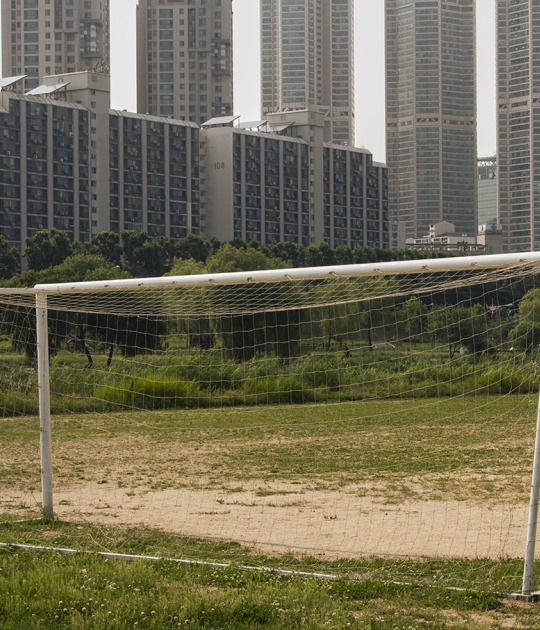Description of project by David Cardelús
New photographs by David Cardelús for Casa Vicens in Barcelona capture the unique color palette of Gaudí's building.
The Casa Vicens by Catalan architect Antoni Gaudí in Barcelona is the first of his works built in 1883 and the last one recovered to be visited as a museum after its complete restoration in 2017.
The mission of the Casa Vicens as a museum is to make it known as the architect conceived it and present it as an essential work to understand its unique architectural language and the development of Modernism in Barcelona.
In order to implement this vision, the Casa Vicens has commissioned new photographs to David Cardelús as part of a communication strategy and positioning of the building in the digital environment to provide a different perspective to the perception of its image as a museum and UNESCO World Heritage Site.
The photography project starts from considering the essential elements of Gaudí's universe in the house –its constructive, decorative and symbolic elements– to bare its presence as very simple and direct graphic pieces, with special attention to study and enhance the color palette of the building to make it stand out in a dense and monochrome urban environment.
David Cardelús is a photographer specializing in architecture and has already photographed other Gaudí works on assignment such as Casa Batlló, the Gaudí Crypt, the Güell Palace and El Capricho de Comillas.





































